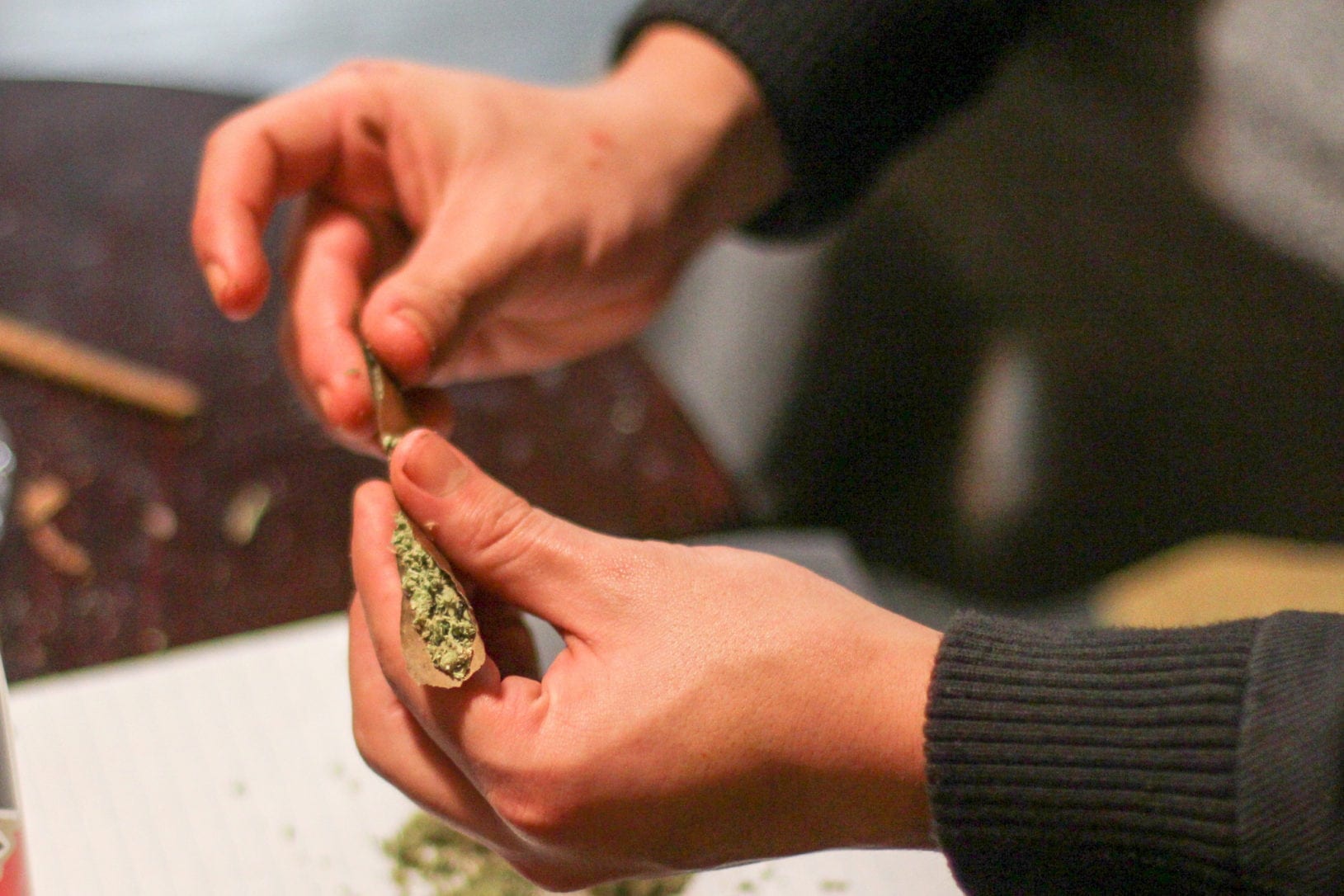Cannabis Science, Health and Wellness News, Research
Neighborhood Marijuana Dispensaries Don’t Increase Teen Use, Study Shows
Numerous states with medical marijuana laws on the books don’t allow dispensaries near school grounds, ostensibly because regulators fear being close to legal cannabis providers would increase the likelihood of underage consumption.
But that’s not necessarily the case, according to a recent study published in the Journal of Adolescent Health.
Analyzing national survey data, researchers found that the number of medical cannabis dispensaries within three miles of a school didn’t correspond with higher rates of adolescent marijuana use. Neither did the price or variety of cannabis products offered by those dispensaries.
“We reported null associations of the proximity and density of medical marijuana dispensaries in school neighborhoods with adolescents’ use,” the study concluded. “However, competition from medical marijuana dispensaries could have reduced the price of marijuana on the street and adolescents’ marijuana use may be influenced indirectly. This possible mechanism is worth further investigation.”
The researchers cautioned that their findings “should not be used as evidence against marijuana regulation strategies such as licensing, zoning ordinances, taxation, or policies to limit product type.” Rather, “the findings illustrate the current state of the medical marijuana environment.”
Still, the study appears to contradict talking points from legalization opponents, who have often with great concern compared the number of marijuana businesses in a given jurisdiction to the number of Starbucks or McDonald’s locations, for example.
But the new study shows that whether a certain area has more or fewer dispensaries close to a school doesn’t seem to impact adolescent marijuana use, at least in California where the data was collected.
The most meaningful factors when it comes to predicting youth marijuana use, or future potential for use, were their age, disposable income and history of consumption.
“The lack of relationship between the availability of medical marijuana dispensaries and marijuana use behaviors among the adolescent population is inconsistent with previous research on the adult population,” the researchers wrote. “This discrepancy may be due to medical marijuana dispensaries not being the primary source of marijuana for adolescents.”
Interestingly, the survey—which included more than 46,000 adolescents in California—found that rates of past-month marijuana use were notably lower than estimates provided by the 2016 Monitoring the Future survey. That survey projected that an average of 5.4 percent of 8th graders, 14 percent of 10th graders and 18.44 percent of 12th graders in the state would have used marijuana in the past month.
But the study found that “[t]he prevalence [of past-month marijuana use] for 8th, 10th, and 12th graders was 3.50 percent, 11.43 percent, and 18.44 percent, respectively…”
It’s possible, as the researchers noted, that California’s recreational marijuana system could change the calculus—but at the very least, what the study suggests is that the mere presence of regulated dispensaries doesn’t predicate higher adolescent cannabis use.
By Kyle Jaeger
Read more from the source: MarijuanaMoment.net


